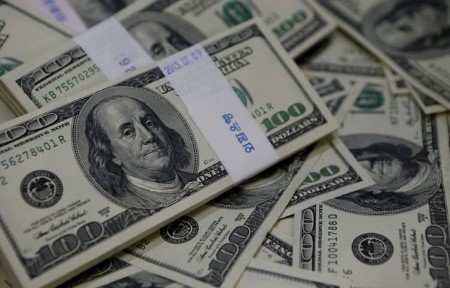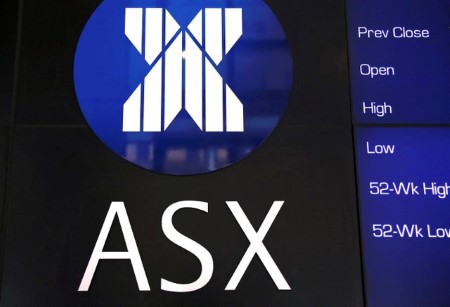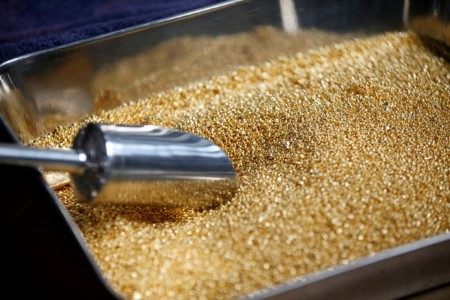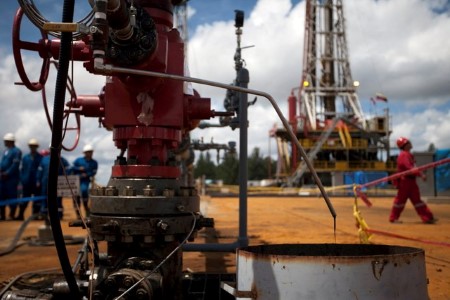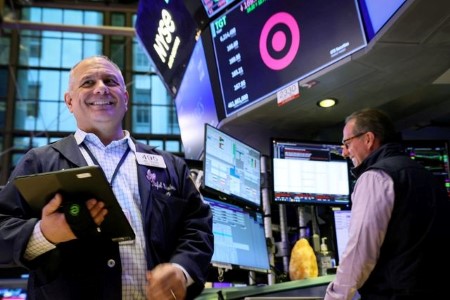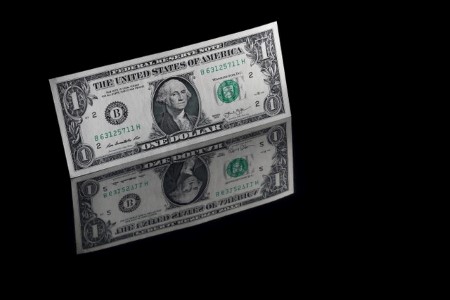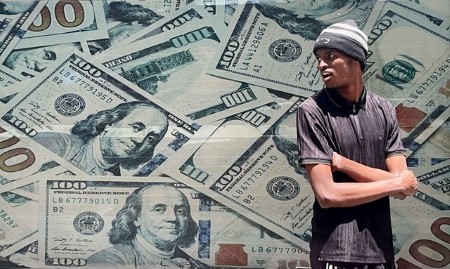TOKYO, March 14 – The currency market was sedate on Thursday, with the US dollar consolidating against major peers as market players awaited more data from the world’s largest economy for clues on the direction of Federal Reserve policy.
Tuesday’s hotter-than-expected US consumer price index (CPI) has re-ignited concern that inflation could remain sticky, leaving traders to reassess if the Fed will start cutting interest rates at its June meeting as previously expected.
Market participants still see a 65% chance of a rate cut in June, though that has edged down from 71% earlier in the week, according to LSEG’s rate probability app. The likelihood of a July rate cut sits around 83%.
With the Fed widely expected to hold rates steady at its meeting next week, attention will be on the bank’s updated economic projections.
“The data is driving marginal changes in rate expectations, but ultimately, the markets have been pretty settled recently on three cuts this year,” said Kyle Rodda, senior financial market analyst at Capital.com.
“A more hawkish Fed next week could lower that to two (rate cuts) and defer expectations for the first to September,” which would essentially be a bull case for the US dollar, he said.
The dollar index, which measures the greenback against a basket of six currencies, was mostly flat at 102.77.
Markets will be scrutinizing US retail sales data, the producer prices index (PPI) report, and jobless claims due later on Thursday for more evidence of the economy slowing down.
Fed Chair Jerome Powell said last week the US central bank was “not far” from gaining the confidence needed to begin easing.
Against the yen, the dollar held at 147.69 yen, as an exit from negative rates at the Bank of Japan’s monetary policy meeting on March 18-19 continues to be a close call.
Sources told Reuters that Japan’s central bank will debate ending negative rates next week if big firms’ wage talks yield strong results.
The preliminary results of the spring wage negotiations are due on Friday, and news has already begun to trickle out that several of the country’s biggest companies have agreed to fully meet union demands for pay increases.
Elsewhere, the euro was holding steady against the dollar at USD 1.0949, ahead of remarks by several European Central Bank officials on Thursday.
The sterling was flat at USD 1.2796. Data on Wednesday showed Britain’s economy returned to growth in January after entering a shallow recession in the second half of 2023.
In cryptocurrencies, bitcoin was last down 0.28% to USD 72,950.00, after hitting a record high of USD 73,678 the previous session.
Ether fell 0.03% to USD 3,991.00.
(Reporting by Brigid Riley; Editing by Christopher Cushing)







 DOWNLOAD
DOWNLOAD




